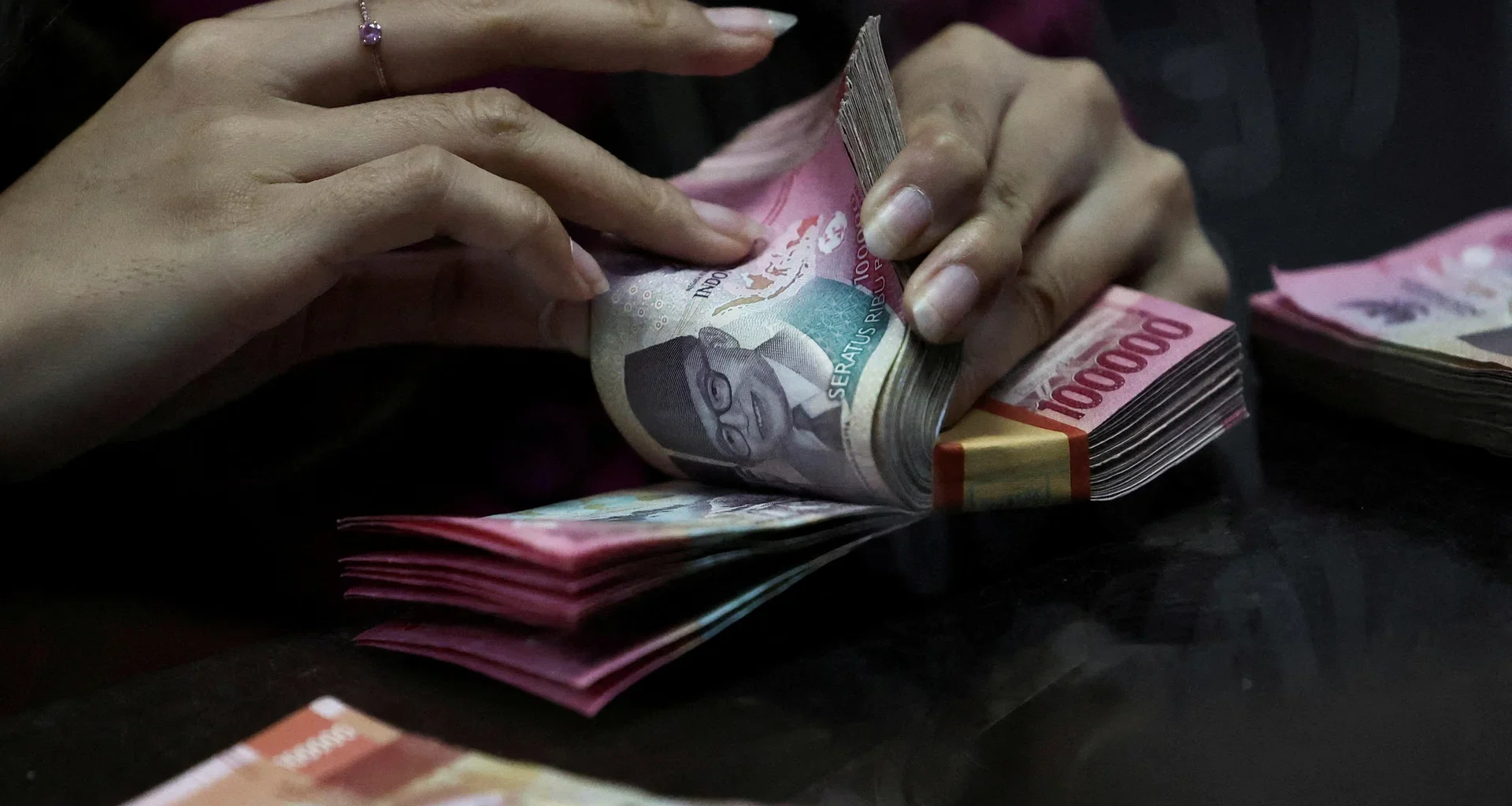Loan growth and risk levels will impact capital availability for dividends in Asean
[SINGAPORE] Even as the US Federal Reserve and central banks across Asia begin to cut policy rates, analysts from Morgan Stanley and Macquarie have stayed bullish on financial stocks in the region with attractive yields.
Morgan Stanley said in a note on Tuesday (Sep 23) that attractive dividend yields, stable returns on equity, and strong domestic demand bode well for financial stocks across Asia, including China, Japan, India and South-east Asia.
This comes as a weakening US dollar and slowing growth in the US have prompted global investors to eye other attractive plays in Asia, the bank’s analysts added.
They noted a high inverse correlation between greenback weakness and Asian bank performances. “As a high-quality, domestically driven business with high local currency dividend yields, they perform well when the US dollar is weak.”
Upside potential could arise as de-dollarisation draws investment flows into Asia, benefiting banks with wealth management and market-related revenues, they said.
Even with the Fed’s move to lower its benchmark rate by 25 basis points on Sep 18, Morgan Stanley maintained confidence in the sector’s ability to sustain earnings.

Friday, 8.30 am
Asean Business
Business insights centering on South-east Asia’s fast-growing economies.
“Asia banks show almost no correlation to the Fed funds rate cycle other than in a global recession.” However, it noted Indonesia’s central bank as an exception – it delivered a surprise rate cut on Sep 17, ahead of the Fed’s decision.
“Key to the call on Asian banks is their ability to maintain earnings alongside their willingness and ability to maintain capital repayments to shareholders,” Morgan Stanley said.
Its analysts also noted that the top 25 large-cap banks in Asia offer attractive yields at an average of 4.5 per cent, compared to 2.9 per cent across the broader MSCI Asia-Pacific ex-Japan Index.
Asean’s appealing yields
Separately, in a Sep 19 report on the banking sector in South-east Asia, Macquarie put forth the view that dividend yields would become increasingly scrutinised by investors as reference rates ease.
It noted that further cuts by the Fed and slowing inflation across the region could provide space for central banks to lower reference rates.
“We believe the risk is tilted towards more cuts if the environment is supportive, as Asean-5 central banks look to support growth in their respective economies,” said Jayden Vantarakis, Macquarie’s head of Asean equity research.
The research house found that yields have been a notable driver of shareholder value among South-east Asian banks, with dividend returns exceeding capital growth in 63 per cent of major banks over the past three years.
Across 10 years, dividend-driven returns were highest in Malaysia, making up 62 per cent of total returns for the country’s banking stocks. Thailand’s lenders followed with a 61 per cent share. On the other end, just 32 per cent in Singapore came from dividends – where banking stocks such as DBS have continued to climb.
DBS could distribute 89 per cent of its earnings as dividends in 2026, Macquarie estimated, noting that OCBC and UOB – the other Singapore lenders – are projected to have payout ratios of 52 per cent and 50 per cent, respectively.
Within the region, Thailand’s banks are expected to maintain the highest dividend payout ratio, at 66 per cent, from 2025 to 2027. This is above the Asean-5 average of 58 per cent.
While lower rates could limit the top-line upside for Thailand’s banking sector with lower loan growth, attractive dividends may prove crucial for investors there as economic headwinds continue to challenge the domestic stock market.
“We believe the sector (in Thailand) can sustain high yields over the long term,” Macquarie said, as a slowing economy and limited loan growth enable banks to maintain lower regulatory capital and therefore attractive payout ratios.
On the other end, the Philippines’ banks are expected to keep payout ratios under 40 per cent as loan growth expectations reach 13 per cent this year. However, slowing loan demand may afford banks – such as the Bank of the Philippine Islands – increased capital for dividends, Macquarie said.
Beyond credit growth, riskier portfolios or non-performing loans would also affect a bank’s ability to pay sustained dividends, the research house noted. It identified Singapore’s and Malaysia’s banking sectors as more “benign” risk environments.
“More profitable banks have a higher capacity to withstand shocks and ability to make increased shareholder returns,” it added.
It also said that the financial institutions in South-east Asia which could benefit from the lower risk-free rate environment are those that maintain both the means and willingness to pay a stable dividend.
Macquarie’s report named Thailand’s Siam Commercial Bank, Singapore’s DBS, Malaysia’s Hong Leong Bank, and Bank Rakyat Indonesia as among the institutions that rank highly in both those categories.
